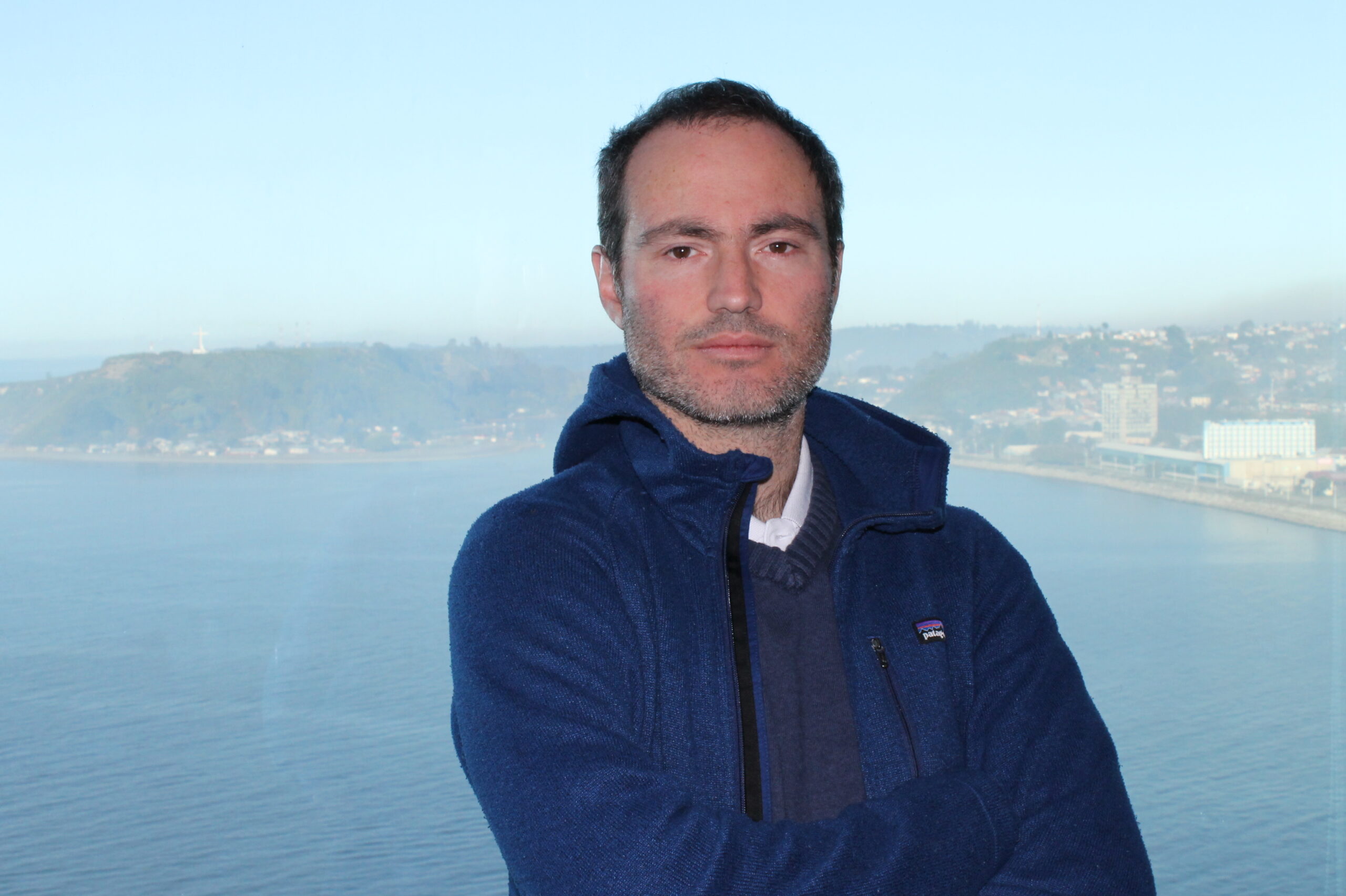The company will replace all the diesel power used by its Petrohué hatchery with renewable energy, such as a local hydroelectric power, and make other changes.
Greenhouse gas (CO2) emissions are classified into three scopes. Scope 1 emissions are directly generated by the company and its equipment, such as burning fuel. Scope 2 emissions are generated by third parties that supply the company with electricity, and Scope 3 emissions are not generated by the company, but contribute to the final carbon footprint of its business and are not under its control.
Salmones Camanchaca proposed an initial goal of bringing its Scope 1 and 2 CO2 emissions to zero by 2025. This is an ambitious goal, but changes have been introduced since 2018 to achieve it.
Salmon expert, Alfredo Tello, is the company’s Sustainability Manager, and he explained in an interview that the 2017 carbon footprint of each company department was measured three years ago. “We realized that we could reduce it by improving how we managed it and making certain changes. Sustainability is a fundamental pillar of Camanchaca’s vision, and during the year when COP25 was due to be held in Chile, we proposed becoming carbon neutral by 2025 and to develop a strategy to achieve it.
Mr Tello believes that the strategy has several milestones, which will enable Salmones Camanchaca to become a carbon neutral company under Scope 1 and 2 in four years time.
Significant milestones in the carbon neutrality strategy.
One of these milestones was met last year, when the company changed its corporate electricity contract with Colbún that supplies its processing plants and onshore activities to electricity generated entirely from renewable resources. He said, “This electricity is not generated by burning fossil fuels. Therefore, it has zero emissions, which has reduced our Scope 1 and 2 footprint by 13%.”
Mr. Tello also mentioned that another milestone is scheduled for 2023 when diesel will cease to be used by the Petrohué hatchery that breeds all of Salmones Camanchaca’s Atlantic salmon smolts. Instead, it will be connected to a local hydroelectric power plant producing renewable energy, which will further reduce CO2 emissions into the environment.
Offsetting
Salmones Camanchaca owns land adjacent to its Petrohué hatchery that had been managed as a forest, although it has now become idle. Mr. Tello explained, “However, we are developing a project to offset our emissions that should increase the CO2 captured by this forest. The plan is to increase the CO2 captured by this property and offset that increase against our emissions.”
“For example, build a perimeter fence to keep animals out, reforest certain areas, and introduce a forest management plan that gives smaller trees more space to grow. All of these initiatives can be measured. Consequently, if the original forest captured 10 annually, and a management plan that is measured and audited by third parties increases this to 12, then this difference can be offset.”
Therefore, Salmones Camanchaca will have reduced its CO2 emissions by 30% to 40% by 2023. He added, “The next step will be a tremendous challenge to reach carbon neutrality by 2025, which will require reducing all the emissions from diesel generators that supply the pontoons at our farming sites. These will be very difficult to replace, because many are located in remote areas and cannot connect to the Central Electricity Grid (SIC).”
“We are studying a project to replace diesel with liquefied gas, but it would only reduce emissions by 20%, because taking emissions to zero is difficult. Therefore, our carbon neutral strategy proposes offsetting our remaining emissions with local carbon credits, as these would be very difficult to eliminate altogether.”
Local credits
The company’s strategy uses two approaches. Emissions reduction and offsetting. Mr Tello explained, “There are many other projects in Chile involving forests or renewable energies, similar to our offset project on the land adjacent to the Petrohué hatchery, where we can generate additional CO2 capture through careful management. The additional CO2 capture that exceeds the CO2 captured by the original project can then be traded on the market.”
“So if we contribute to projects that increase CO2 capture above the original baseline, by taking additional CO2 out of the atmosphere as a result of new initiatives, then these can offset our remaining emissions. Meanwhile, we can continue to evaluate and implement technology that reduces emissions, since that is what we want. But we have emissions that are very difficult to reduce and the alternative is offsetting.”
Source: https://www.salmonexpert.cl/article/salmones-camanchaca-apunta-a-carbono-neutralidad-para-el-2025/
 Contacto
Contacto  Denuncias
Denuncias  Est. Financieros
Est. Financieros  Portal Clientes
Portal Clientes  Proveedores
Proveedores 

